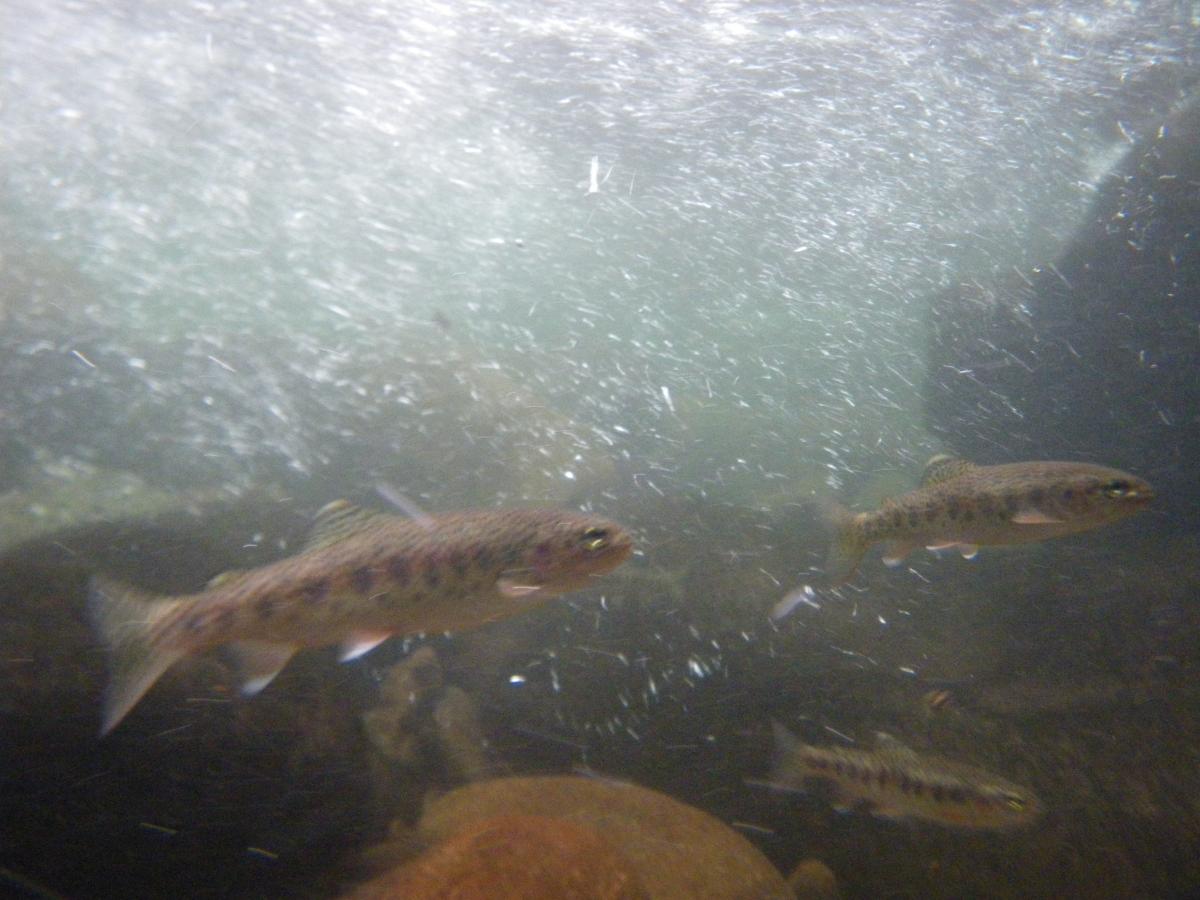Same camera as Ed's. Pentax Optio W60.
I have bought two on ebay for $50 - 75.
As for the color, it comes out pretty good raw then as Todd showed here:
http://forum.nanfa.o...photos-in-gimp/
you can bump the settings afterwards in GIMP, Photoshop, etc.
Happy hunting!
Edited by Creekwalker, 30 May 2012 - 03:02 PM.











